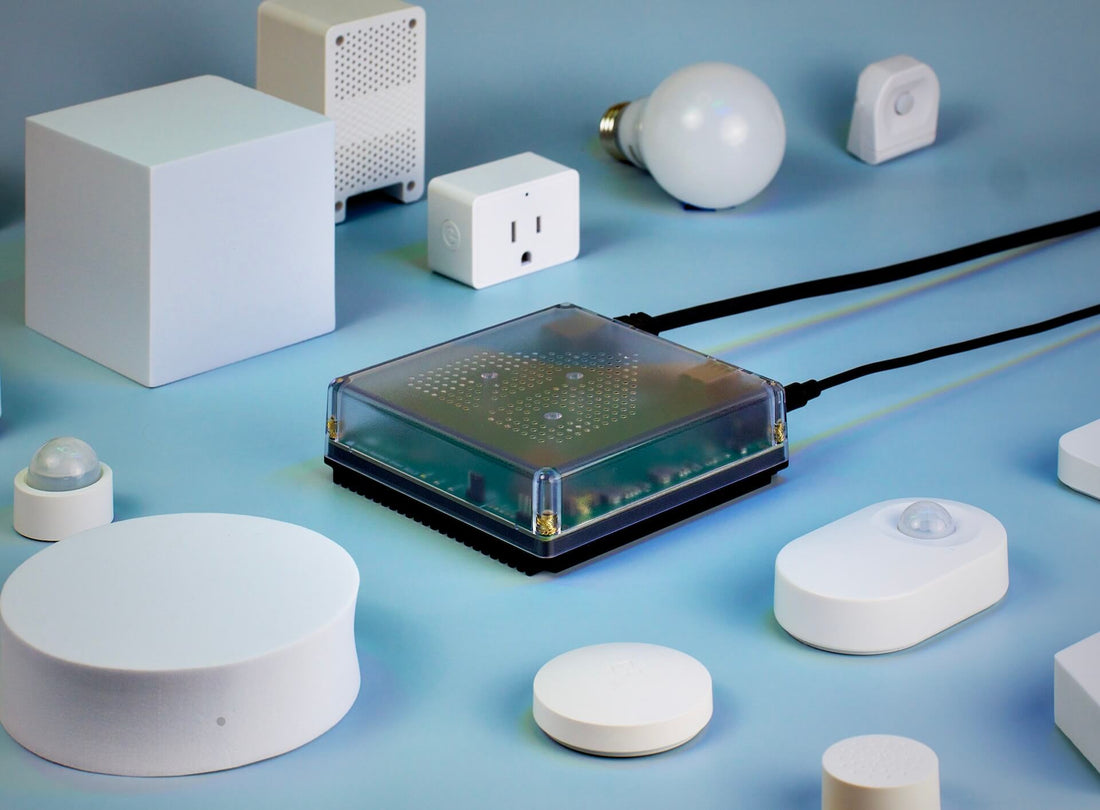
What's Needed to Start with Home Assistant
If you're ready to dive into the world of home automation, Home Assistant is an excellent choice! It’s powerful, flexible, and helps you customize your smart home experience. But before you jump in, you'll want to gather a few essentials. In this post, we’ll walk you through the hardware and installation process you need to get started.

1. Choose Your Hardware
First things first: you need some hardware. Home Assistant can run on various platforms, so you’ve got options—let’s break them down:
-
Raspberry Pi: One of the most popular choices for beginners! The Raspberry Pi is affordable and relatively easy to set up. You’ll want at least a Raspberry Pi 3 or 4, along with a microSD card (32GB or more), a power supply, and optionally a case for durability. If you are planning to run your system on this device for several years, it's also a good idea to add an SSD drive.
-
Intel NUC: If you're looking for something more powerful, consider an Intel NUC. These mini PCs provide more processing power and storage options, making them suitable for larger setups. It's a bit pricier, but if you plan on expanding your smart home, it’s worth it.
-
Dedicated Server: If you already have a home server or an old PC lying around, you can install Home Assistant on that too. Make sure it meets the minimum requirements and you're off to the races.
-
Home Assistant Green: Want an all-in-one solution? Home Assistant Green is the official hardware option from the Home Assistant team. It’s designed specifically for Home Assistant and is as plug-and-play as you can get.

2. Choose a Zigbee Adapter
If you're planning to integrate Zigbee devices, you'll need a Zigbee adapter. These adapters let Home Assistant communicate with affordable Zigbee devices like Hue smart bulbs and sensors from many manufacturers without crowding your Wifi network. Here are some great options to consider:
-
Nabu Casa ZBT-1: This is an easy plug-and-play option that works seamlessly with Home Assistant—perfect for beginners! It provides solid performance and ensures all your Zigbee devices can connect reliably.
-
ConBee II: A popular choice among enthusiasts, the ConBee II offers extensive compatibility with a wide range of Zigbee devices. It's compact and user-friendly, making it a versatile option.
-
Sonoff Zigbee 3.0 Dongle Plus: This budget-friendly option is great for newcomers and provides good functionality with multiple devices. Plus, it supports Zigbee 3.0, ensuring you’re future-proofed for newer devices.
3. Nabu Casa Subscription (Optional)
Once you've settled on your hardware, consider signing up for a Nabu Casa subscription. Nabu Casa is the official Home Assistant cloud service, and it comes with some solid benefits. Though completely optional, here’s why you might want to go for it:
-
Remote Access: With a Nabu Casa subscription, you can access your Home Assistant instance securely from anywhere. No need to mess with port forwarding or dynamic DNS—it’s all taken care of for you.
-
Voice Assistant Integration: It also lets you integrate with Google Assistant and Amazon Alexa easily, enabling voice control for your smart home devices. This is also possible without the service but requires a bit more tinkering.
-
Support the Community: Your subscription helps support the ongoing development of Home Assistant, which is a nice bonus for being part of the community!
4. Installation Process
Now that you have your hardware sorted, it’s installation time! If you have the Home Assistant Green you can skip this step – everything is pre-installed for you. Otherwise here's a quick guide to get you started:
-
Download Home Assistant: If you’re using a Raspberry Pi or similar, head over to the Home Assistant website and download the appropriate image for your device. If you’re on a server or NUC, you can choose the Home Assistant OS installation method.
-
Flash the Image: Use software like Balena Etcher to flash the Home Assistant image onto your microSD card. If you’re using a NUC or server, follow the installation instructions specific to your setup.
-
Boot Up: Insert the microSD card (or boot from the appropriate drive), power up your device, and let it boot! After a few moments, you should be able to access Home Assistant by going to
http://homeassistant.local:8123in your web browser. -
Initial Setup: Follow the on-screen instructions to create a local account, set up your location, and start adding devices!
4. Get Ready to Explore
With everything set up, it’s time to dive into the world of home automation. Start exploring integrations available for various smart devices, create automations to simplify your life, and customize your dashboard to suit your needs.
Easy as That
And there you have it! You’re now equipped with the essentials to kick off your Home Assistant journey. From choosing the right hardware to getting everything installed and set up, it’s not as daunting as it might seem. Just remember, the best way to learn is by doing, so start experimenting and enjoy building your smart home!
If you have any questions or need tips along the way, don’t hesitate to reach out! We are here to support you from your first purchase to your hundredth sensor.




